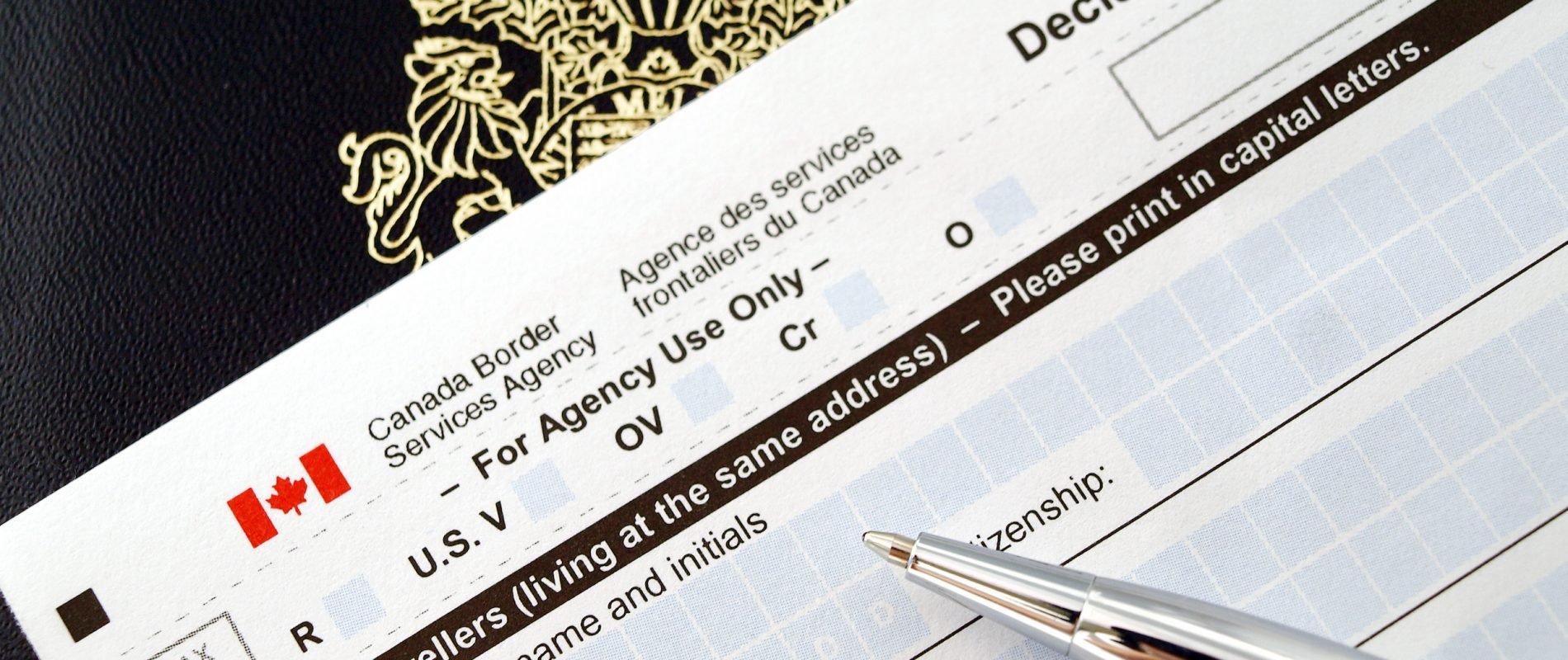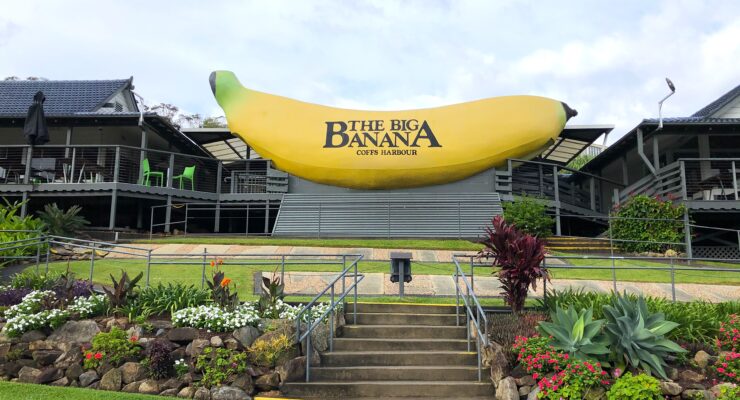In theory, IEC permit holders should not have been impacted by this change, as you are activating a pre-approved permit, not applying for a new or renewed permit at the border. However, many people trying to activate an IEC permit are being turned away from the land borders. Currently, the only way to ensure your IEC permit will be activated is by flying internationally (not to the US) to access immigration at the airports.
For other permits (e.g. SOWP or PGWP), you should apply for all necessary immigration services online. Be prepared for delays, as it takes several weeks (or months!) to complete the process online, and the online services will be in higher demand now flagpoling has been removed.
Ever heard of “flagpoling”? No, it’s not an ancient, mysterious ceremony or a new trendy sport—just a simple way to activate your work or study permit if you receive it while already in Canada.
Read this article if you’d rather avoid a costly round-trip ticket back home and want to stay in Canada under a new immigration status!
What’s “flagpoling,” exactly?
“Flagpoling” basically means “going around the flagpole,” i.e. leaving Canada, refusing entry to the US and immediately re-entering Canada to activate a work or study permit.
The proverbial flagpole is the Canadian flag proudly flying at any US-Canada border crossing checkpoint.
Why is “flagpoling” a thing?
Both permanent and temporary immigrants have to officially “land” (i.e. enter Canada) to activate their work or study permit or their permanent residence status.
However, many people start the application process from Canada during a trip or while on another type of long-stay visa, which is perfectly legal. Once granted, the work or study permit must be activated upon entry into Canada.
It’s not possible to just go to the nearest Canadian airport and ask to “land” in Canada—you have to actually be fresh off an international plane to go through immigration.
There are two options to do so:
- Flying abroad and re-entering Canada (it doesn’t have to be a flight back home, any country outside of Canada will do)
- Crossing the US-Canada land border to officially leave Canada and re-enter a few minutes later without technically setting foot in the USA
It’s perfectly okay to take a trip outside Canada for whatever reason. Maybe it’s January and you wouldn’t mind a break from winter in a popular sun destination. Maybe it’s the perfect time to spend a few weeks back home to see friends and relatives.
However, that option is usually the most expensive because it involves buying a round-trip ticket to Canada.
The cheaper DIY alternative only requires you to travel to a US-Canada border checkpoint. Considering it’s the longest international border in the world with more than 100 checkpoints and that 90% of Canadians reportedly live within 160 km of the US border, chances are it won’t be too hard to find a land border crossing close to where you are.
Who must leave Canada and re-enter to activate a permit?
Generally speaking, anyone applying for a permit or status from outside Canada must officially land in Canada.
Got a port of entry (POE) letter of introduction?
Any work or study permit applicant who receives a port of entry (POE) letter of introduction must (re)enter Canada to activate it. The same goes for permanent residence applicants.
This is the introduction of a typical POE letter:
Got an IEC permit?
All IEC applicants (Working Holiday, Young Professionals, International Co-op), regardless of their status in Canada (tourist, work permit, study permit) will have to leave and re-enter Canada to activate their permit when the IEC permit is granted. Permanent resident applicants who apply from outside Canada also have to leave and re-enter Canada.
Applied for a permit or immigration status from inside Canada?
Under certain circumstances, you could be eligible to apply for a work or study permit from inside Canada. Check if it applies in your case (tick “from inside Canada” at the bottom of the page and read eligibility requirements to see if you meet any of them):
If you don’t meet the requirements, you will be advised the following: “Even though you’re physically in Canada, you must follow the instructions for applying for a […] permit from outside Canada.” You will have to leave and re-enter Canada to activate your work or study permit.
Applying for a work permit at the port of entry?
In specific situations, it’s possible to apply for a work permit directly at the port of entry (this does NOT work for IEC permits). Flagpoling is an option for these applicants if they are already in Canada.
Note that as of June 2024, post-graduate work permits (PGWP) can no longer be issued at the border, so you should apply online instead.
Applied for a work or study permit extension?
Work or study permit holders asking for a permit extension won’t receive a new port of entry (POE) letter of introduction if their application is approved, so they won’t have to leave and re-enter Canada.
How to successfully flagpole, step by step
Find a land border crossing
Pick a land border crossing and make sure there’s a Canada Border Services Agency (CBSA) office for immigration purposes.
Check business hours carefully. Some land border crossings are open 24/7 but some work reduced hours. Service hours for processing work and study permits may be implemented as well. Check this page, for instance.
It’s best to avoid crossing the border on weekends, especially if it’s a long weekend because it may be busier than usual. Weekdays during regular business hours are your top choice. The CBSA officer may want to contact your employer if you’re activating a work permit, so it would also be easier to reach them.
- If you’re in Montreal, you could cross at Saint-Bernard-de-Lacolle or Saint-Armand/Philipsburg.
- If you’re in Toronto, the closest border crossings are Queenston Lewiston Bridge, Niagara Falls Rainbow Bridge and Fort Erie Peace Bridge in Southern Ontario.
- If you’re in Quebec City, you could go to Armstrong.
Check out the Directory of CBSA Offices and Services for many more options all over Canada.
Go to the U.S. Customs and Border Protection checkpoint
You won’t be asked anything when leaving Canada. However, you will have to stop at the U.S. customs and border protection checkpoint.
Don’t bother applying for an ESTA or a US visa because you won’t enter the US.
Simply tell the customs and border protection officer (CBPO) that you’re going to turn around and re-enter Canada to activate a work or study permit and that you’d like to be denied admission into the US (which is actually a pretty funny request, mind you).
They might sigh or be unpleasant but it’s perfectly legal and hundreds of people flagpole every year.
Still, you will have to answer a few questions asked by your friendly or not-so-friendly CBPO, have your picture and fingerprints taken, the whole deal. Then you will be issued a paper stating that the “alien” (that’s you) “has been refused admission into the US.”
If you go to the US again to actually explore the country, you can safely answer “no” to the question, “Have you ever been denied entry to any country”? You weren’t denied entry, you asked to be refused admission, no problem here.
Turn around and re-enter Canada
Show up at the CBSA border checkpoint. Answer all questions and explain that you’d like to activate a new work or study permit.
You will have to show your port of entry (POE) letter and passport along with various supporting documents as required, such as your proof of funds, proof of insurance, return ticket (or additional proof of funds), etc. For a more comprehensive overview, read Your to-do list before going to Canada.
You could also ask to enter Canada as a tourist but you may face more questioning because the CBSA officer will want to make sure you will actually leave the country at the end of your stay and that you won’t try to work illegally. Showing proof of sufficient funds and a return ticket may help your case.
Enjoy your stay in Canada!
















 Français
Français English
English




0 comments
{{like.username}}
Loading...
Load more